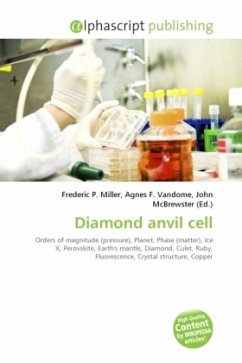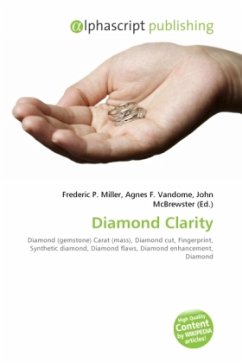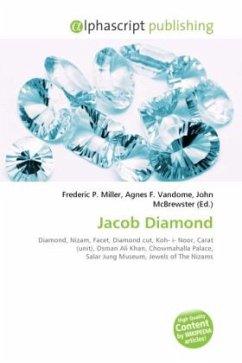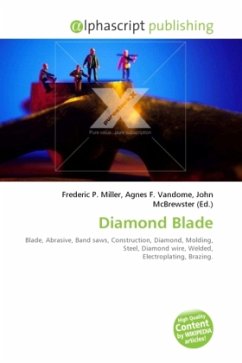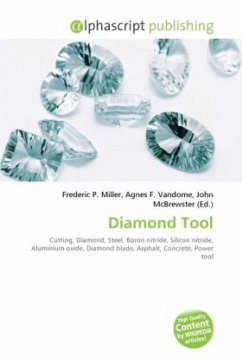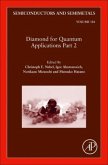A diamond anvil cell is a hand-top device used in scientific experiments. It allows compressing a small piece of material to extreme pressures, which can exceed 3,000,000 atmospheres. The device has been used to recreate the pressure existing deep inside planets, creating materials and phases not observed under normal conditions. Notable examples include the non-molecular ice X, polymeric nitrogen and MgSiO3 perovskite, thought to be the major component of the Earth's mantle. A DAC consists of two opposing diamonds with a sample compressed between the culets. Pressure may be monitored using a reference material whose behavior under pressure is known. Common pressure standards include ruby fluorescence, and various structurally simple metals, such as copper or platinum. The uniaxial pressure supplied by the DAC may be transformed into uniform hydrostatic pressure using a pressure transmitting medium, such as argon, xenon, hydrogen, helium, paraffin oil or a mixture of methanol andethanol.
Bitte wählen Sie Ihr Anliegen aus.
Rechnungen
Retourenschein anfordern
Bestellstatus
Storno

